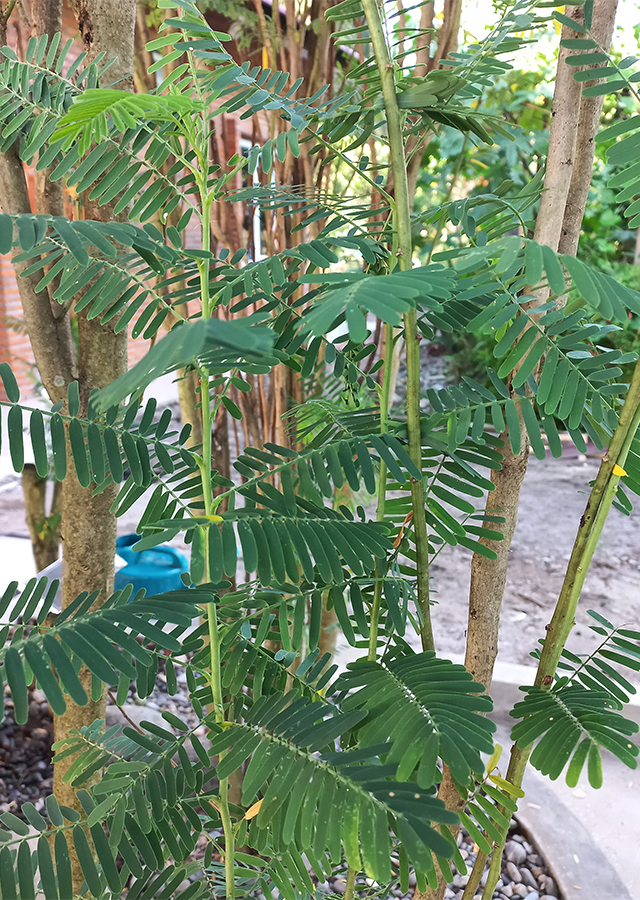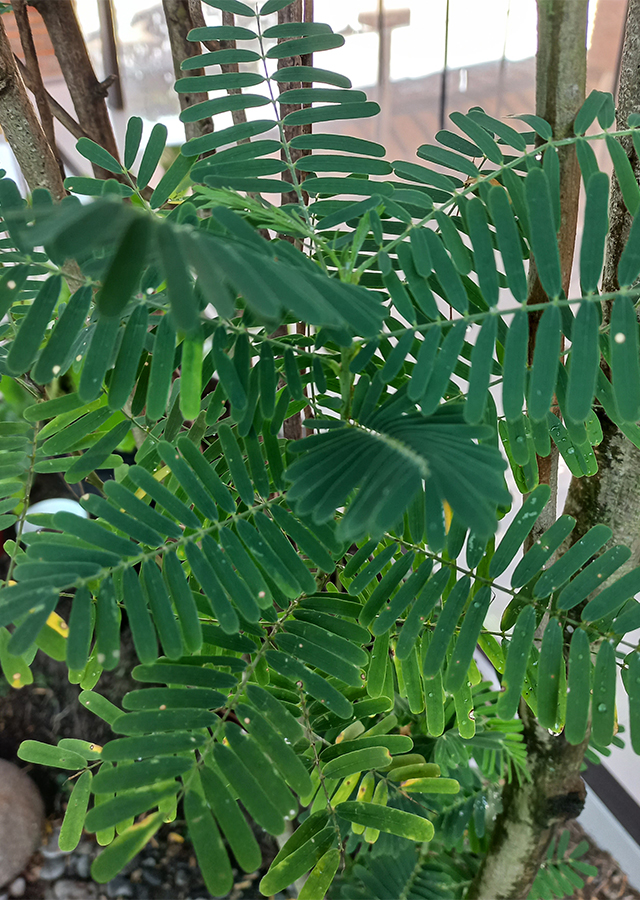Traditional Herbs from Sesbania sesban
scorpion_sting
- Wash clean the roots and fresh jayanti leaves to taste.
- Grind the ingredients finely until they become a paste.
- Put the concoction on the skin that was stung by a scorpion.
- Do this until it heals.
sore_throat" :["Take enough jayanti leaves.
What is Sesbania sesban Looks like??



Parts of Sesbania sesban that could be used
- Leaves
- Seeds
- Bark
- Roots
Sesbania sesban Distribution
Jayanti originates from northeast Africa and is often described as native to parts of southern Asia. The plant is widely cultivated as a vegetable, medicine, animal feed, green manure and building material, and is reported as an invasive species in Israel and the US state of Hawaii.Agroecology of Sesbania sesban
Subtropical plants, also successful at higher elevations in tropical areas, are found at altitudes of 100 - 2,300 meters. It grows best in areas where annual daytime temperatures are in the range of 18 - 28 °C, preferring average annual rainfall in the range of 800 - 2,000 mm in sunny conditions. Tolerates saline, acidic and alkaline soils (pH in the range 5 - 7, tolerates 4 - 9.9), has an extraordinary ability to resist waterlogging and is very suitable for seasonal flooding environments.�
Morphology of Sesbania sesban
- Tap root with many fine fibrous roots.
- Stem erect, branched, pubescent, hairless, internodes 0.5-2.5 cm long, node nodes bulging,
- Leaves\u00a0in the form of pinnate compound leaves with 7 -25 pairs of leaves on each branch of the stem. The leaves are elongated in shape and have rounded tips and flat edges.
- The flowers of the jayanti plant are yellow and are compound flowers bunch-shaped.
- Fruit\u00a0is a pod that grows hanging.
- Seeds\u00a020-40 per pod, subterete (not perfectly round), 3-4 \u00d7\u00a02 mm, slightly compressed, hilum rounded and concave." ]
Cultivation of Sesbania sesban
Propagation by seed requires initial treatment to soften the hard seed coat and allow water to enter. This can be done by soaking the seeds in a small amount of barely boiling water (which cools quickly and does not cook the seeds) and then soaking the seeds for 12 - 24 hours in warm water.
Sesbania sesban, more details :
Chemical Content of Sesbania sesban
Saponins, tannins, polyphenols, phenols, flavonoids, anthocyanins, campesterol, ß-sitosterol, cyanidin, glucoside delphinidin, alpha-ketoglutaric, oxaloacetic and pyruvic acids, oleanolic acid, stigmastane-5.24(28)-diene- 3β-O-β- D-galactopyranoside, galactonan, alkaloids, phytosterols,
Benefits of Sesbania sesban
Treats scorpion stings, boils and abscesses, treats sore throats, gonorrhea, syphilis, convulsions in children and jaundice during pregnancy, cardiac depressant and hypoglycemic, has antibiotic, anthelmintic, antibacterial, antitumor and contraceptive properties, exhibits spermicidal and hemolytic activity.
Simplisia of Sesbania sesban
Another Facts for Sesbania sesban :
Synonym of Sesbania sesban
Aeschynomene sesban L., Coronilla sesban (L.) Moench, Emerus sesban (L.) Hornem.
Habitus of Sesbania sesban
Bush. Annual shrub, 1-7 m high
Habitat of Sesbania sesban
- Riverside", "Roadside", "Land
No comments:
Post a Comment